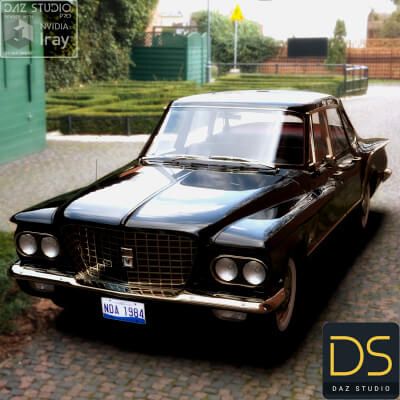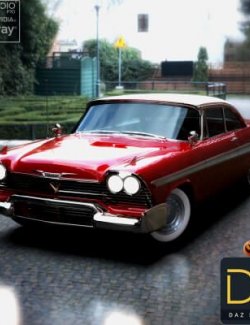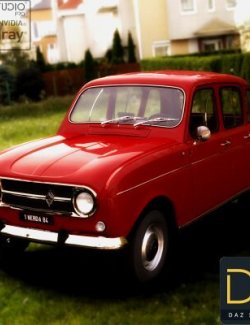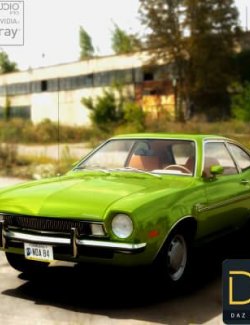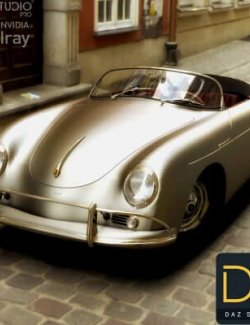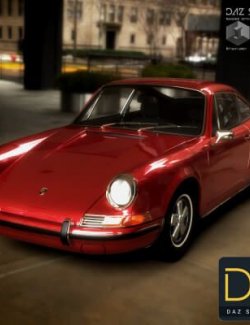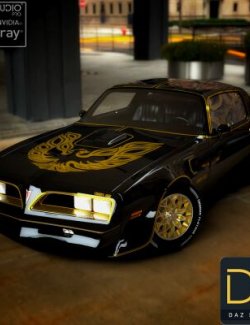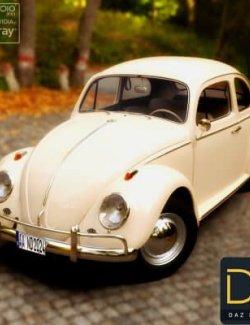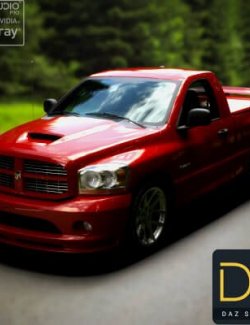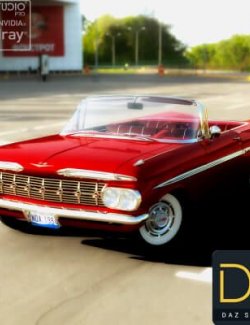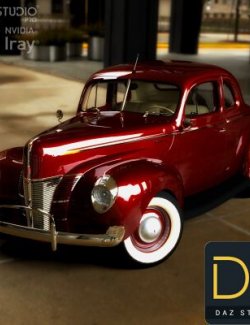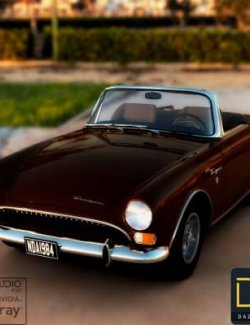When they were launched in 1959, the 1960 Valiants were the best a mighty Chrysler Corporation could do. With alternators only recently wrung out of the space program, a hot new engine — Chrysler's first new six-cylinder since the war — and radical Virgil Exner styling, the Valiant was even one of the first cars to be developed with the help of computers. They had a torsion-bar front suspension which at the time was hard to equal, and had been the subject of years of engineering and testing. With the Valiant, Chrysler was ready to re-conquer Europe and other lands, not to mention attack a new segment of the domestic car market.
In the early stages of engineering, computers were used to predict the dynamics, even before prototypes were built. This let engineers evaluate numerous designs without the costs of construction; though they still made plexiglass prototypes to increase durability. In the end, the Valiant used full unit construction, with integral body and frame welded into a single solid structure; while the body was strong and resistant to twisting, weight was minimized by this method. Indeed, Chrysler converted nearly every car it made to this construction method in model-year 1960.
V100 had one color for seats and door panels, while rear shelf, door garnish molding, and dash metals were color keyed to the body; V200 had blue, green, and red interiors. V-200 used a two-tone steering wheel with bright horn ring, while V-100 was blue-green with a medallion horn button.
Problems with the original Valiants included water leaks and misaligned body panels, which may have consigned many of the first generation to the crusher due to rust. There are still quite a few out there, though.
In May 1957, Chrysler president Lester Lum "Tex" Colbert established a committee to develop a competitor in the burgeoning compact car market which included the popular VW Beetle, the new American Motors Rambler and upcoming entries from GM, Ford and Studebaker. Design chief Virgil Exner created a car that was smaller and lighter than a full-size car without sacrificing passenger and luggage space. Originally named the "Falcon" after Exner's 1955 Chrysler Falcon concept car, the vehicle was renamed the "Valiant" (which means "having or showing courage or valor") honoring Henry Ford II's request to use the name for the Ford Falcon. The Valiant debuted at the 44th British International Motor Show in London on October 26, 1959. It was introduced as a 1960 model and was officially considered a distinct brand,advertised with the tagline "Nobody's kid brother, this one stands on its own four tires." For the 1961 model year, the Valiant was classified as a Plymouth model. The 1961–62 Dodge Lancer was essentially a rebadged Valiant with different trim and styling details. For the 1962 model year, the Valiant returned without Plymouth branding but was sold only in Plymouth Chrysler, Chrysler Dodge, or the rare standalone Plymouth dealerships. For model year 1964 and onwards the car was sold in the United States only as a Plymouth Valiant.
The Valiant debuted an all-new six-cylinder overhead-valve engine, the famous slant-six. Its inline cylinders were uniquely canted 30 to the right (passenger side), permitting a lower hoodline. The water pump was shifted from front to alongside, shortening engine length. And an efficient long-branch individual-runner intake manifold was fitted, an advance that benefited from Chrysler's pioneering work in tuned intakes. The slant-six produced both more power and better economy than similar American made economy straight sixes, and it soon gained a reputation for dependability. Project engineer Willem Weertman and his team had designed a simple yet robust workhorse, from its four-main forged crankshaft to a simplified "mechanical" valve train. Block and head castings were unusually thick because both were intended to be cast in either iron or aluminum with the same tooling. Although volume casting techniques of the era could not yet reliably produce complex head castings in aluminum, over 50,000 die-cast aluminum-block versions of the 225 cu in (3.7 L) engine were produced between late 1961 and early 1963 and sold as extra-cost options.
The 1960 Valiant exemplified Chrysler's leadership in aluminum die casting. While the aluminum slant-six engine block did not enter production until 1961, the Kokomo, Indiana, foundry produced a number of other aluminum parts for the 1960 Valiant, all instrumental in reducing the total weight of the car. The 1960 model contained as much as 60 lb (27 kg) of aluminum in structural and decorative forms, with the majority of the material used in cast form as chassis parts.These parts included the oil pump, water pump, alternator housing, Hyper-Pak (see below) and standard production intake manifolds, all-new Torqueflite A-904 automatic transmission case and tail extension, and numerous other small parts. These cast-aluminum parts were roughly 60% lighter than corresponding parts of cast iron. A cast aluminum part had the benefit of reduced section thickness where strength was not a vital consideration. Section thickness of cast-iron parts were often dictated by casting practice, which required at least 3⁄16 in (4.8 mm) to ensure good castings.Exterior decorative parts stamped from aluminum were lighter than similar chromium-plated zinc castings. The entire grille and surrounding molding on the Valiant weighed only 3 lb (1.4 kg). If this same assembly had been made of die-cast zinc, as many grilles of the era were, it would have weighed an estimated 13 lb (5.9 kg). An estimated 102 lb (46 kg)—about 4% of a Valiant's total shipping weight—was saved with the 60 lb (27 kg) of aluminum parts.
The Valiant A-body platform used "unit-body" or "unibody" construction (not used by the Chrysler Corporation since the Airflow models of the 1930s) rather than "body-on-frame" construction. Instead of a bolted-in forestructure used in other unibody designs, the Valiant incorporated a welded-in front understructure and stressed front sheet metal. The fenders, quarter panels, floor and roof contributed to the stiffness of the body shell. A unit wheelbase comparison showed the Valiant to be 95% stiffer in torsion and 50% stiffer in beam than a 1959 Plymouth with separate body-on-frame construction. Dynamic testing showed that high structural resonant frequencies were attained, indicating greater damping and reduced body shake.
The front suspension consisted of unequal length control arms with torsion bars, while the rear suspension used a live axle supported by asymmetric leaf springs. Chrysler used this design through the entire production of the Valiant and other A-body models, with revisions to the suspension components themselves for the 1962, 1967, 1968, and 1973 models.
System Requirements:
PC / MAC 0SX
Product Requirements: Daz Studio
Ownership Statement: All of this product's content was created by SamGrey
DAZ
This pack for Daz Studio contains a Plymouth Valiant 1960 with lights and textures included.
Let your imagination run wild and create wonderful scenarios with this stuff.
Mesh data
vertices: 218.545
triángulos: 261.878
